Dogs, those faithful companions who fill our lives with boundless joy, are adorned with distinctive features that make them truly unique. One such feature that captures our attention is their adorable whiskers.
However, a question often surfaces: Is it acceptable to trim dog whiskers? In our pursuit of responsible pet care, understanding the importance of these specialized sensory hairs and the potential impact of grooming decisions becomes paramount.
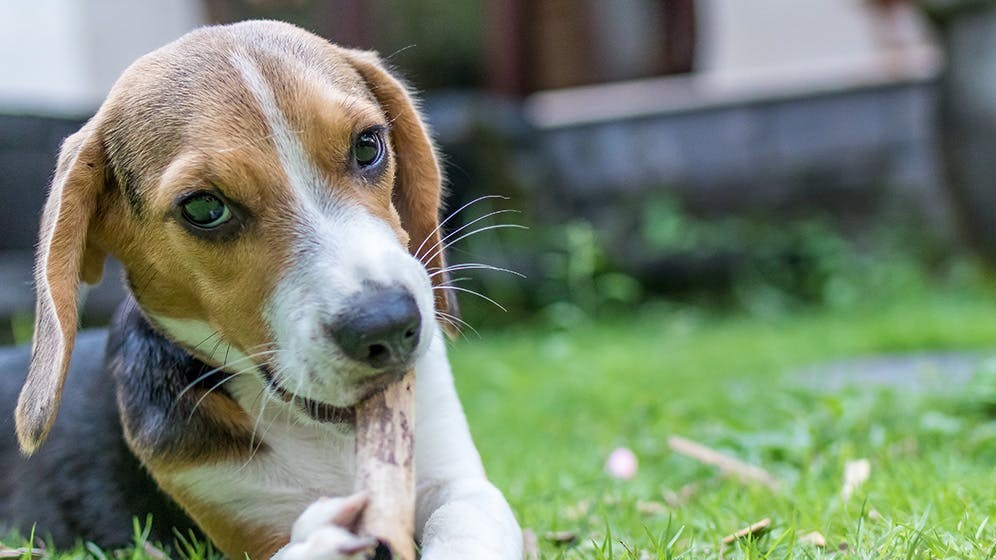
In the following pages, we embark on an exploratory journey into the fascinating world of dog whiskers. We’ll uncover the intriguing role they play in a dog’s life, their significance for sensory perception, and whether trimming them is a harmless grooming practice or one that warrants careful consideration.
By shedding light on the whisker conundrum, we aim to empower you with the insights needed to navigate grooming choices for your beloved canine companion. So, let’s delve into the intricacies of dog whiskers, separate fact from fiction, and ensure that our dogs enjoy a comfortable and enriched existence.
Table of Contents
What Exactly Are Dog Whiskers?
Dog whiskers, also known as vibrissae, are long, coarse hairs that emerge from specific follicles surrounded by numerous nerves. When the whiskers touch or perceive something in the surroundings, these nerves convey messages to the brain. [1]
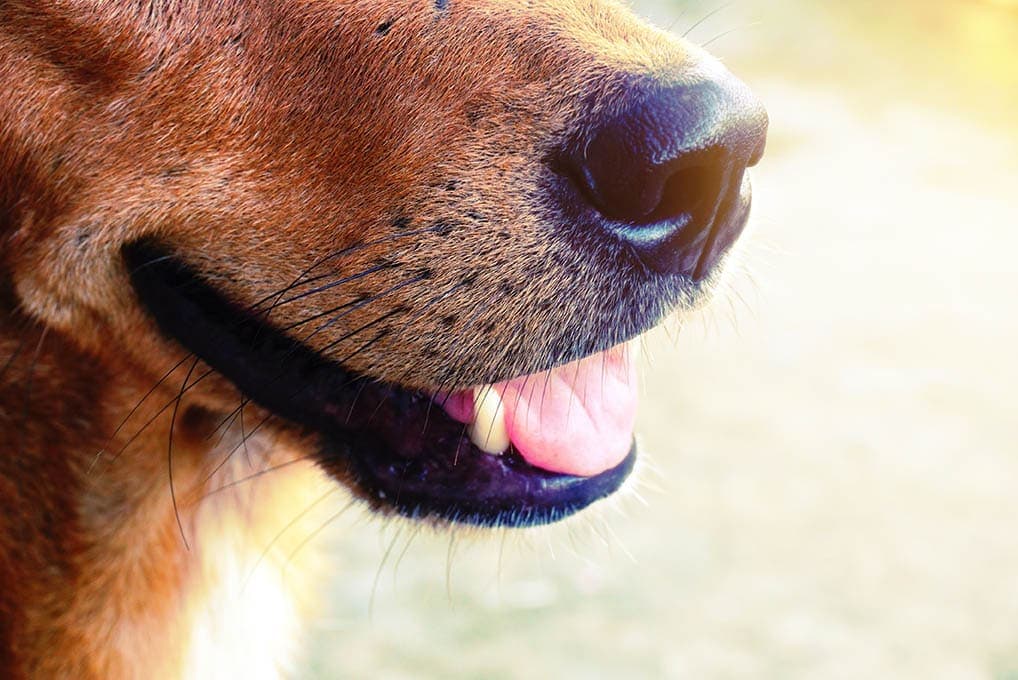
Dog whiskers can be found in a variety of locations on the dog’s face, including above the eyes, on the muzzle, under the chin, and on the cheeks. varying breeds have varying arrangements of whiskers, but all dogs have whiskers.
What Are Dog Whiskers Used For?
Dog whiskers serve a variety of tasks that aid in your dog’s survival and growth. The following are some of the primary functions of dog whiskers: [2]
- Sensory perception: Your dog’s whiskers operate as an extension of his or her senses, particularly touch and vision. They aid in the detection of changes in air currents, vibrations, temperature, and pressure by your dog.
They also assist your dog in determining distances and forms of objects, particularly in low-light or dark circumstances. Your dog, for example, may use its whiskers to navigate around barriers, discover food or water sources, and escape potential hazards.
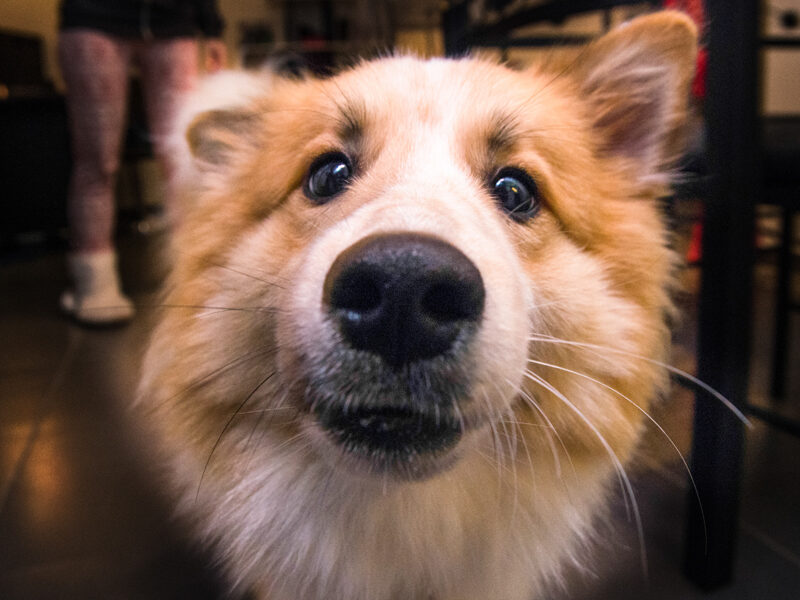
- Navigation: Dog whiskers help your dog orient itself in space and balance itself. They also help your dog avoid bumping into things or injuring itself. For example, your dog can use its whiskers to gauge the width of a doorway or a gap before passing through it, or to sense the edge of a table or a cliff before falling off it.
- Communication: Dog whiskers can also convey your dog’s emotions and intentions to other dogs or humans. They can indicate your dog’s mood, alertness, curiosity, aggression, fear, or submission. For example, your dog can use its whiskers to signal that it is happy, relaxed, interested, angry, scared, or submissive.
Can You Cut Dog Whiskers?
Because canine whiskers are formed of keratin, the same protein that makes up human hair and nails, they can technically be cut with scissors or shears. However, the question is not whether you can, but whether you should cut dog whiskers. No, it does not. There are various reasons why you should not trim your dog’s whiskers: [3]
- Cutting dog whiskers can impair their sensory perception and navigation: As previously said, dog whiskers are crucial for your dog’s capacity to sense and interact with its surroundings. Cuts can diminish sensitivity and accuracy, leaving your dog less aware of its surroundings and more prone to accidents or injury. It can also increase your dog’s anxiety or tension.
- Cutting dog whiskers can cause health problems for your dog: Dog whiskers can be damaged by cutting them, as can the follicles and nerves that create them. This can cause swelling, infection, pain, and bleeding in the affected area. It can also interfere with the growth cycle of the whiskers, causing them to regrow unevenly or not at all.
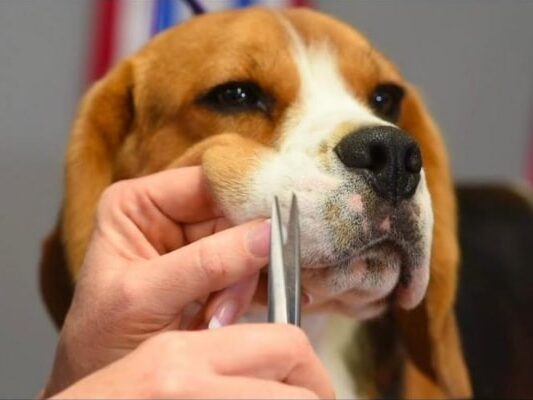
- In certain situations, shaving your dog’s whiskers might trigger neurological issues such as convulsions or paralysis.
- Dog whisker trimming is both needless and unethical: There is no justification for shaving your dog’s whiskers. Some people believe that cutting them will make their dog look neater or groomed, but this is not the case. Dog whiskers are a natural component of your dog’s appearance and structure.
How to Care for Your Dog’s Whiskers
Instead of trimming your dog’s whiskers, take care of them and let them grow naturally. Here are some tips for grooming your dog’s whiskers:
- Do not pull or tug on your dog’s whiskers: Pulling or tugging on your dog’s whiskers can hurt them and damage their follicles and nerves. It might also induce anxiety or tension in your dog. Touching or stroking your dog’s face should be done lightly and without touching its whiskers.
- Avoid applying harsh chemicals or products on your dog’s face: Some shampoos, conditioners, perfumes, and other items may contain substances that are irritating to or harmful to your dog’s skin or eyes. They may also have an impact on the quality and growth of your dog’s whiskers.
If you must wash your dog’s face, use gentle and natural dog-safe products and thoroughly rinse with water. Keep any product away from your dog’s whiskers.
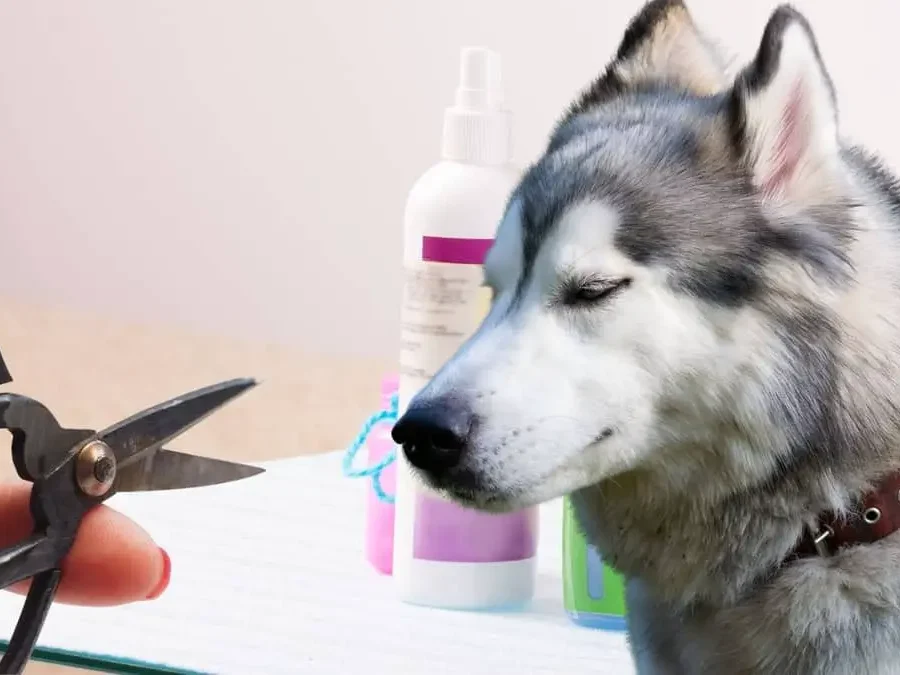
- Do not shave or trim your dog’s face: Some dog breeds may require frequent fur trimming or shaving, particularly around their eyes, ears, or mouth. However, trimming or shaving your dog’s whiskers might have the same detrimental effects as cutting them. If you must groom your dog’s face, use a comb or brush to remove any dirt or knots, but avoid touching its whiskers.
- Allow your dog to play with sharp or rough objects: Some dogs enjoy chewing or playing with toys, bones, sticks, or other sharp or rough objects. These things can scrape or injure your dog’s whiskers, reducing their sensitivity and effectiveness. They can potentially cause damage to your dog’s mouth, teeth, or gums. If you want to give your dog something to chew on or play with, consider soft and safe dog-friendly items.
FAQs
1. Why do dogs have whiskers?
Whiskers, or vibrissae, are sensory tools that help dogs navigate their environment. They aid in detecting objects, gauging distances, and even sensing changes in air currents.
2. Can I trim my dog’s whiskers for grooming purposes?
While it’s generally not recommended to trim whiskers, minimal trimming may be acceptable if necessary. However, it’s essential to consider the potential sensory impact and consult a professional groomer or veterinarian.
3. Will cutting whiskers affect my dog’s sensory abilities?
Trimming whiskers can temporarily affect a dog’s sensory perception, potentially leading to disorientation or discomfort. Whiskers naturally fall out and regrow, maintaining their function.
4. Are there any breeds where trimming whiskers is more common?
Some show dog breeds may have their whiskers lightly trimmed for aesthetic reasons, but it’s vital to prioritize your dog’s well-being over appearance.
5. How can I groom my dog without affecting their whiskers?
Focus on maintaining good overall hygiene, including regular brushing
Conclusion
In the intricate tapestry of dog care, the question of trimming whiskers reflects the delicate balance between grooming and sensory well-being.
While aesthetics and convenience are important, it’s crucial to recognize that whiskers are not merely decorative adornments. They serve a significant purpose in a dog’s sensory world, guiding them through each tail-wagging adventure.
As responsible pet guardians, we find ourselves at a crossroads where the pursuit of grooming choices meets the consideration of our furry companions’ comfort. While whisker trimming might be an option under specific circumstances, it’s a decision that merits careful thought and expert guidance.
By respecting the vital role whiskers play in a dog’s life, we ensure that our four-legged friends experience the world with all their senses intact, embracing every moment of their joy-filled journey.
References:
- Becker, M. (2022). How dog and cat whiskers work. Vetstreet. Vetstreet
- Whiskers – Pieces & Parts of a dog – Best of Friends: Kids and Dogs – University of Illinois Extension. (n.d.).
- Why do dogs have whiskers? | VCA Animal Hospital | VCA Animal Hospitals. (n.d.). Vca.


